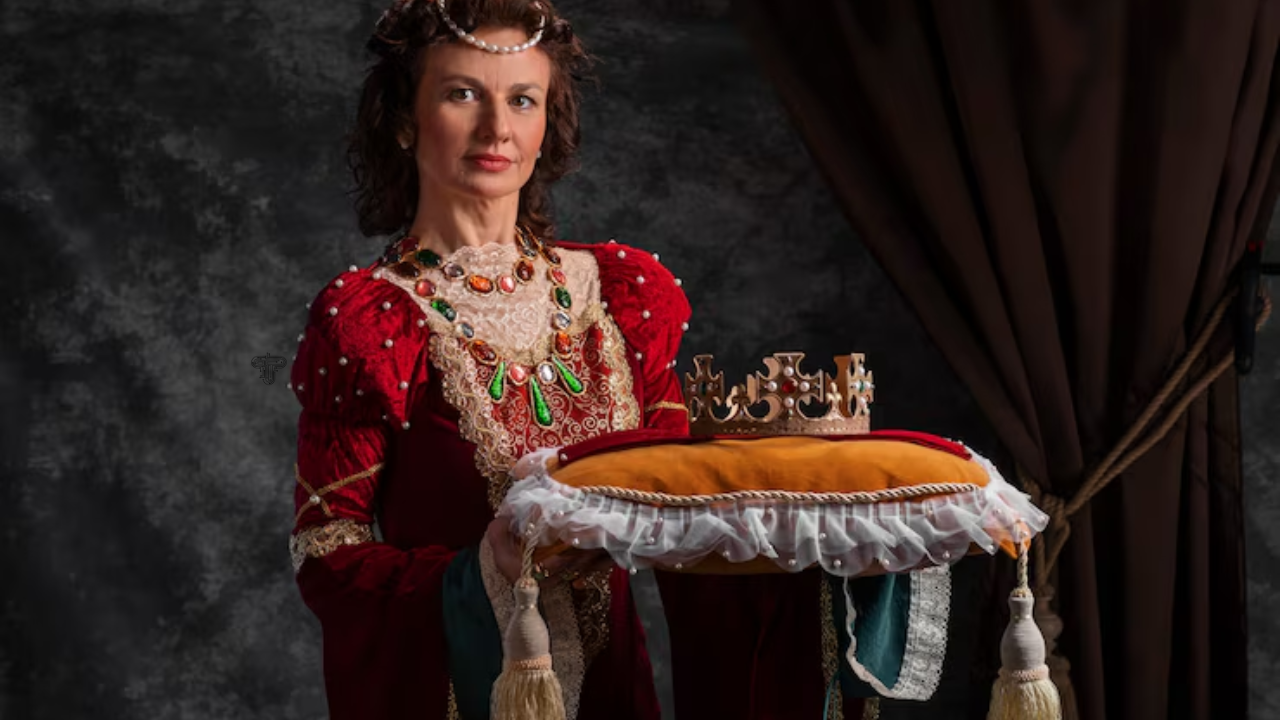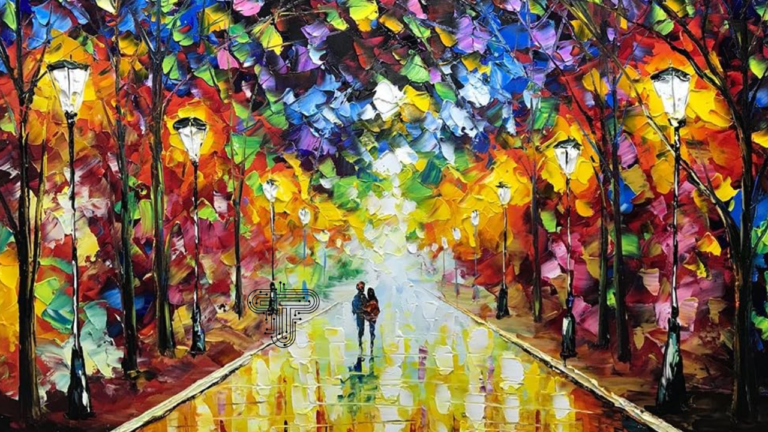Catherine the Great Furniture: Exploring the Lavish Legacy of Russian Imperial Décor
Catherine the Great (1729–1796), Empress of Russia, transformed her palaces into embodiments of power and elegance. Her reign witnessed an unparalleled fusion of European artistic trends—Rococo, Neoclassicism, and imperial splendour—manifested through sumptuous furnishings. The keyword here is Catherine the Great furniture, encompassing everything from gilded thrones to intricately inlaid cabinets, all designed to reflect her cultural vision and authority.
1. A Vision of Grandeur: Bringing European High Art to Russia
Catherine—the Enlightened Despot—thrived on adopting Western aesthetics. She commissioned architects and artisans from across Europe to enrich her residences with the latest artistic movements. Initially, the Catherine Palace in Tsarskoye Selo (now Pushkin) showcased lavish Baroque interiors designed by Rastrelli. During her reign, however, Neoclassicism became prominent as Charles Cameron, Giacomo Quarenghi, and others re‑imagined spaces with Greek and Roman motifs.
In furniture, this fusion of dramatic ornamentation and classical restraint became evident. Ornate Rococo woodwork, gold leaf, and intricate carvings melded seamlessly with cleaner Neoclassical lines, exemplifying Catherine’s aesthetic ambition.
2. Defining Features of Catherine’s Furniture
A. Ornamentation & Materials
Furniture from Catherine’s era dazzles with carved floral arabesques, gilt embellishments, and luxurious veneers. Craftsmen utilized rare woods like mahogany and rosewood, accented by ivory, mother-of-pearl, and ornate inlays. Such extravagance echoed the splendour of her imperial court.
B. Symbolic Decoration
Imperial symbols—eagles, monograms, and allegorical figures—imbued each piece with political meaning. Thrones and ceremonial chairs, richly gilded and studded with precious stones, reinforced Catherine’s authority during official audiences and receptions.
C. Luxury Fabrics
Velvet, silk damasks, and brocades complemented the carved frames. Colour palettes included soft pastels for private salons and bold tones for state apartments, tying into room aesthetics and court rituals.
D. Functional Genius
Cameron and other artisans didn’t sacrifice utility for beauty. Many pieces featured hidden compartments, built-in drawers, or mechanical marvels for private use, subtly blending sophistication and pragmatism.
3. European Artisans at the Helm
Catherine hired France’s and Italy’s best to execute her vision. Charles Cameron, a Scottish architect, oversaw the Neoclassical interiors in Tsarskoye Selo, selecting elegant furniture to complement them.
Many artisans maintained workshops in Imperial Russia or were commissioned for large-scale projects. German cabinetmakers, such as the Roentgen family, were renowned for their marquetry and secret mechanisms in high-end pieces.
4. Noteworthy Masterpieces & Iconic Collections
The Amber Room
Catherine collaboratively expanded Peter the Great’s Amber Room into a renowned masterpiece: amber panels, gold leaf, mirrors, marble complement by wooden furnishings. The room embodied luxury and craftsmanship.
Neoclassical Suites
Cameron’s rooms—such as the Arabesque Room and Green Dining Room—feature elegant furniture with classical ornaments and optimized layout. These rooms show Catherine’s stylish pivot to European refinement.
Thrones & Ceremonial Furnishings
Grand chairs and thrones in the Winter Palace’s Neva Enfilade conveyed imperial grandeur and were used during court gatherings or state ceremonies. Gold leaf and classical motifs emphasized power.
Frog Service (Wedgwood)
While not strictly furniture, the Frog Service exemplifies Catherine’s taste for decorative arts. Commissioned from Wedgwood in 1774, this mass-produced creamware dinner set, with green frogs and British scenes, demonstrates her Anglo-Russian cultural exchange.
5. Occasionally Scandalous—”Erotic Furniture”?
Some so-called “erotic furniture” pieces—allegedly used by Catherine privately—circulate in legends and WWII-era German reports. Though unverified, these rumours highlight her enduring mystique. Whether fact or rumour, they illustrate the lasting fascination with Catherine’s personal life.
6. Legacy: From Palace Interiors to Museum Treasures
Catherine’s aesthetic influence defined Russian high society:
- 19th-century Nobility: Russian elites adopted her style in their own estates, mixing elaborate Baroque frames with U-shaped Neoclassical structure.
- Surviving Artifacts: Genuine furniture from her reign is today housed in the Hermitage, Catherine and Marble Palaces, and Pavlovsk, where guided tours emphasize both form and function.
- Modern Reproductions: Antique dealers and artisans create inspired pieces that combine gilded carvings and fabrics with streamlined silhouettes, evoking Catherine’s style with updated comfort.
7. Preservation & Restoration Through Turbulent Times
The 20th century posed formidable challenges:
- WWII Occupation: Nazis stripped Tsarskoye Selo, burned furniture for fuel, and looted art. Post-war restoration painstakingly reconstructed interiors.
- 1970s Restoration: Authentic materials and techniques—such as silk looms and trompe l’oeil artistry—were revived, ensuring authenticity in palatial restorations.
8. Understanding Catherine’s Furniture: Why It Matters
A. Cultural Convergence
Her furniture exemplifies a crossroads between Russian tradition and European Enlightenment, showcasing art’s universality.
B. Political Symbolism
Each design was a subtle tool in displaying imperial power, sophistication, and diplomatic prowess.
C. Craftsmanship & Innovation
With hidden compartments, mechanical features, and high-quality materials, her commissioned pieces reflected the cutting-edge design of the period.
D. Historical Artifacts
Catherine’s furniture provides clues into court etiquette, aesthetics, and domestic life of one of Europe’s most formidable rulers.
9. Where to Experience Catherine’s Legacy
- Catherine Palace (Tsarskoye Selo): Visit the recreated Amber Room, Grand Hall, and Neoclassical suites.
- Winter Palace & Hermitage Museum: Neva Enfilade, Throne Room, and Hermitage wing display furnishings aligned with Catherine’s vision.
- Pavlovsk Palace: Originally a gift from Catherine to her son Paul, this palace highlights late 18th-century French-style furnishings.
- Marble Palace: Built for Orlov under Catherine’s reign, the interior pieces reflect early Neoclassical elegance.
Tech Blaster
Conclusion: The Enduring Allure of Catherine the Great Furniture
Catherine the Great’s ambition reshaped Russia’s aesthetic and cultural identity. Her furniture—rich in ornament, crafted with precision, and symbolically potent—was both an extension of her intellect and a stage for imperial display. Today, preserved in palaces and museums, her furnishings continue to captivate, reminding us of an era when design expressed sovereignty, sophistication, and grandeur.
Whether experienced in person at Tsarskoye Selo or through replicas in modern interiors, the legacy of Catherine the Great furniture remains a dazzling chapter in design history—one defined by artistry, power, and cultural fusion.







